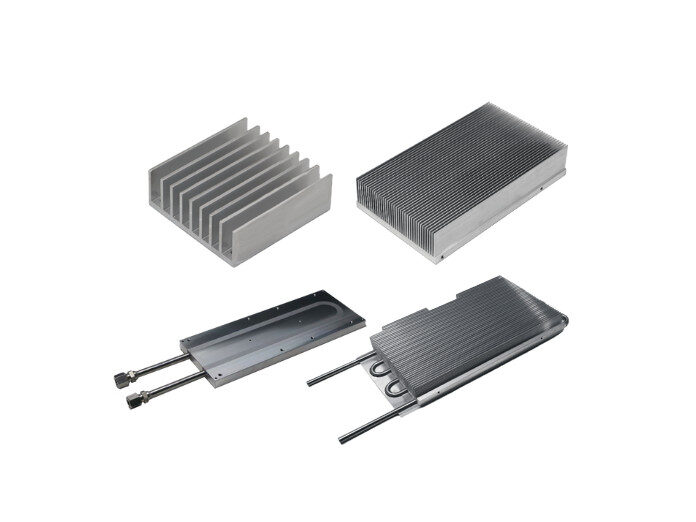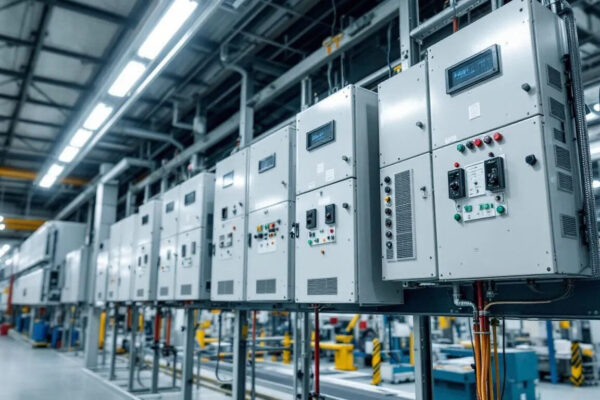An aluminum alu heatsink is a metal component designed to dissipate heat from electronic devices, ensuring optimal performance and preventing overheating.
In this article, we’ll explore the different types of aluminum heatsinks, how they work, and their key applications.
Key Takeaways
- Aluminum heatsinks efficiently dissipate heat from electronic devices, combining low weight, cost efficiency, and reliable thermal conductivity.
- Types include active and passive heatsinks, with designs such as extruded, bonded fin, and stamped versions for different applications — from high-performance systems to compact electronics.
- Performance factors like surface area, airflow, and thermal resistance determine overall cooling efficiency.
- Recent innovations focus on custom geometries and hybrid materials that improve performance and sustainability.
What is an Alu Heatsink?

An aluminum heatsink is a metallic component used to draw heat away from electronic devices and maintain safe operating temperatures.
By preventing overheating, it helps extend the lifespan and reliability of electronic systems.
Aluminum is widely used for heatsinks due to its lightweight structure, affordability, and solid thermal conductivity.
This balance makes it suitable for diverse applications — from consumer electronics to industrial power systems.
How Does an Alu Heatsink Work?
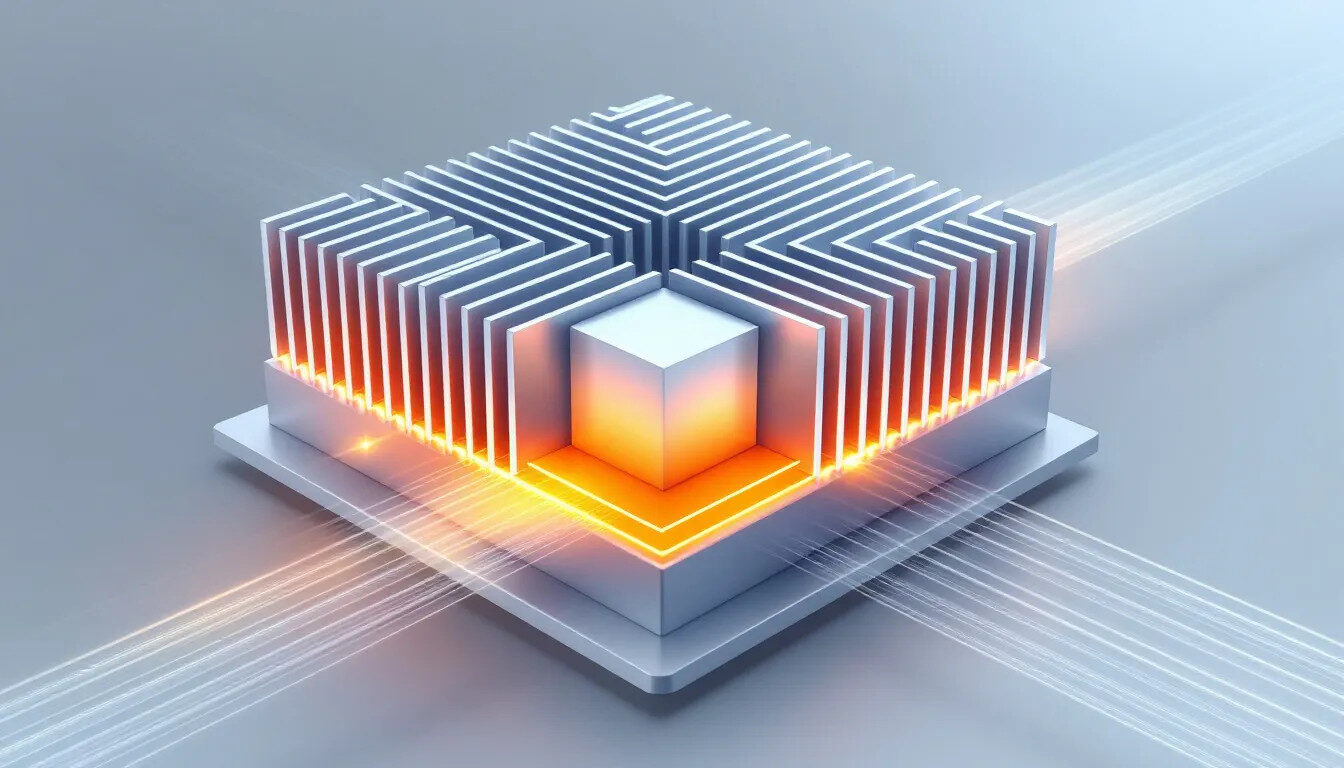
The main function of a heatsink is to transfer heat from an electronic component into the surrounding air through three key mechanisms:
- Conduction – Heat flows through the metal body of the heatsink.
- Convection – Heat is carried away by moving air.
- Radiation – Heat is emitted as infrared energy.
Heatsink designs typically feature fins or ridges to increase surface area for improved air contact.
Thermal interface materials (such as thermal paste or pads) enhance the connection between the component and the heatsink, further improving efficiency.
This combination of optimized design and materials ensures stable device temperatures and reliable long-term performance.
Types of Alu Heatsinks
Heatsinks are classified as active or passive, depending on how they dissipate heat.
Active heatsinks use fans or blowers to boost airflow, while passive ones rely solely on natural convection.
Aluminum’s versatility allows it to be produced through extrusion, bonding, or stamping, each with distinct advantages in cost, weight, and performance.
Extruded Aluminum Heatsinks
Extruded heatsinks are the most common type.
The extrusion process enables complex fin geometries, increasing surface area and improving cooling efficiency.
These heatsinks are used in a wide range of applications — from computer CPUs to power converters — where efficient heat management is critical.
Bonded Fin Aluminum Heatsinks
Bonded fin heatsinks attach thin fins to a base using adhesives or mechanical bonding.
This design dramatically increases surface area while reducing weight and material usage.
The result is enhanced heat dissipation and flexible customization for demanding applications such as LED lighting, power modules, and renewable energy systems.
Stamped Aluminum Heatsinks
Stamped heatsinks are created by pressing aluminum sheets into shape and soldering them to a base.
They are cost-effective and ideal for low-power or high-volume applications such as small consumer electronics.
Benefits of Using Alu Heatsinks
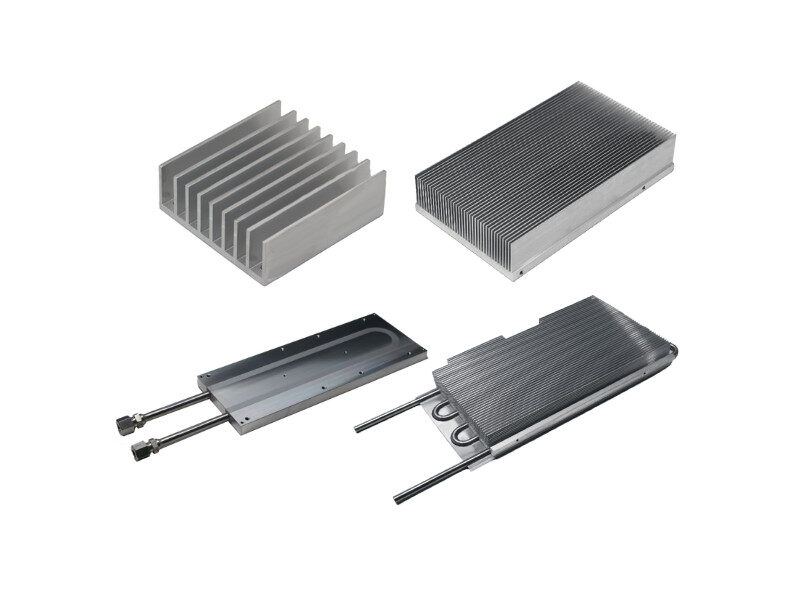
Cost-effective – Up to 70% cheaper than copper alternatives.
Lightweight – About one-third the weight of copper, ideal for portable or weight-sensitive systems.
Corrosion-resistant – Forms a natural oxide layer that protects against corrosion.
Easily manufactured – Suitable for mass production via extrusion, stamping, or bonding.
These advantages make aluminum heatsinks a preferred choice in electronics, automotive, and renewable energy industries.
Factors Affecting Alu Heatsink Performance
Several factors influence the performance of aluminum heatsinks, with surface area being one of the most cKey factors that influence cooling performance include:
- Surface Area – Larger surface area allows greater heat dissipation.
- Airflow – Unobstructed airflow enhances convective cooling.
- Thermal Resistance – Lower resistance between the heat source and environment improves performance.
- Interface Materials – Quality thermal pastes or pads ensure optimal contact.
Attention to these parameters ensures efficient heat management and device reliability.
Applications of Alu Heatsinks
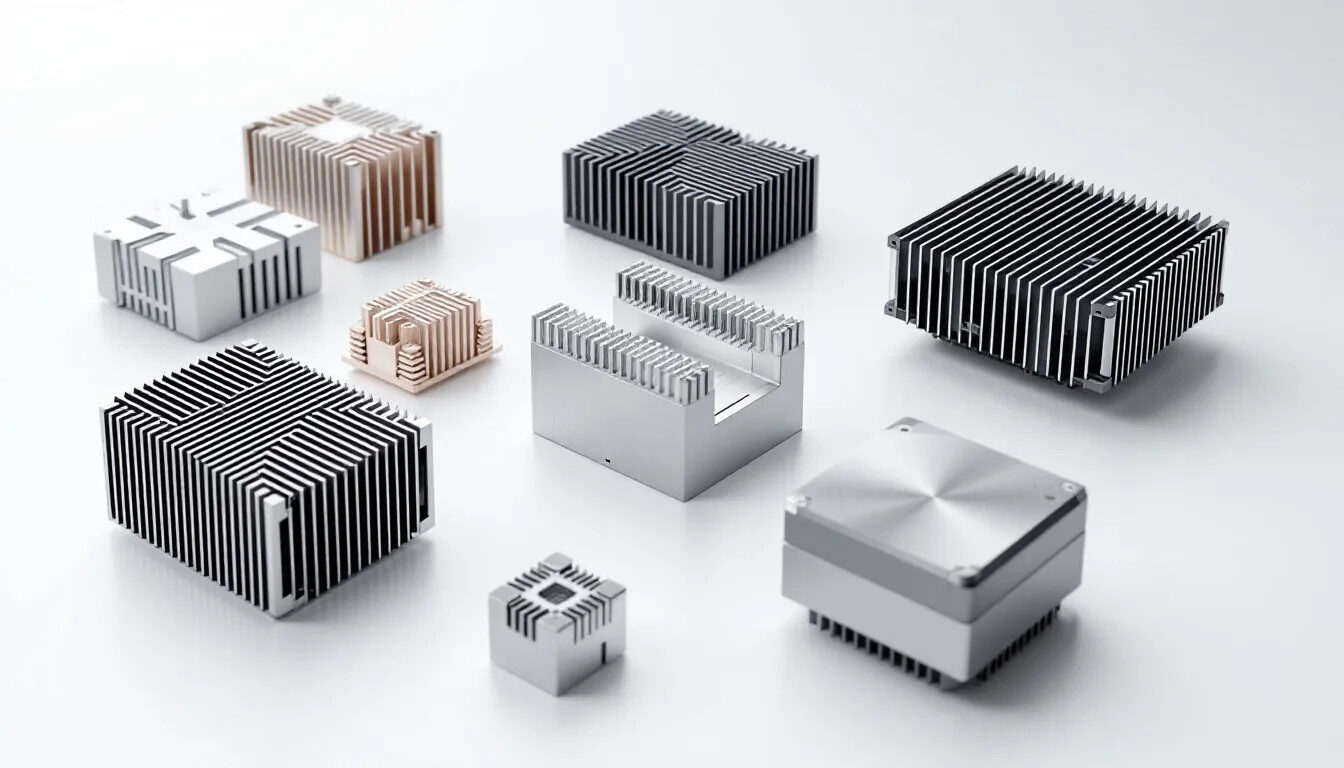
Aluminum heatsinks are widely used in:
- CPUs, GPUs, and power transistors – To maintain stable performance and prevent thermal throttling.
- LED lighting systems – To extend component life through temperature stability.
- Renewable energy systems – To cool inverters, battery modules, and control electronics.
- Automotive systems – To regulate temperatures in ECUs, converters, and electric drive units.
With the growth of e-mobility and high-performance electronics, aluminum heatsinks play an increasingly vital role.
Enhancing Alu Heatsink Efficiency
Cooling efficiency can be improved by:
- Optimizing fin geometry and spacing for maximum airflow.
- Using Computational Fluid Dynamics (CFD) simulations to refine design.
- Selecting high-conductivity aluminum alloys such as the 6000 series.
- Applying surface treatments to reduce thermal resistance.
- Integrating mounting holes or channels for better functionality.
Such design optimizations deliver higher cooling performance at minimal additional cost or weight.
Comparing Alu Heatsinks with Copper Heatsinks
| Property | Aluminum | Copper |
|---|---|---|
| Thermal Conductivity | ~136 BTU/(hr·ft·°F) | ~231 BTU/(hr·ft·°F) |
| Weight | Light | Heavy |
| Cost | Low | High |
| Corrosion Resistance | Good | Moderate |
| Machinability | Excellent | Good |
Copper provides superior thermal conductivity but is heavier and more expensive.
Aluminum offers the best balance of weight, cost, and adequate heat performance, making it ideal for most thermal management applications.
Choosing the Right Alu Heatsink
When selecting a heatsink, consider factors such as:
- Airflow and ventilation conditions
- Power input and component heat output
- Ambient and inlet air temperature
- Heatsink base temperature and available space
Thermal resistance calculators can help determine optimal sizing and materials.
For specialized requirements, custom geometries (e.g., BGA or elliptical fin designs) offer tailored solutions.
Innovations in Alu Heatsink Technology
Modern trends emphasize customization, hybrid materials, and sustainability:
- Copper–aluminum composites combine copper’s conductivity with aluminum’s lightweight structure.
- Advanced alloys improve thermal transfer and mechanical strength.
- Sustainable manufacturing processes minimize energy use and material waste.
These innovations make aluminum heatsinks more efficient and environmentally responsible for next-generation devices.
Summary
Aluminum heatsinks are essential for maintaining safe temperatures and ensuring long-term reliability in electronic systems.
By understanding their design principles, performance factors, and modern innovations, engineers can select the most effective cooling solution for their needs.
Frequently Asked Questions
What makes aluminum a preferred material for heatsinks?
It combines low cost, light weight, and good thermal performance for broad usability.
How do aluminum heatsinks dissipate heat?
They use conduction, convection, and radiation. Fins enlarge surface area to release heat more efficiently.
What are the advantages of bonded fin aluminum heatsinks?
They offer maximum surface area with low weight and high mechanical durability.
Why are aluminum heatsinks popular in automotive systems?
They deliver reliable heat management while minimizing weight, improving overall vehicle efficiency.
How do new technologies improve heatsink performance?
Hybrid materials, optimized designs, and eco-friendly alloys enhance cooling and sustainability.

